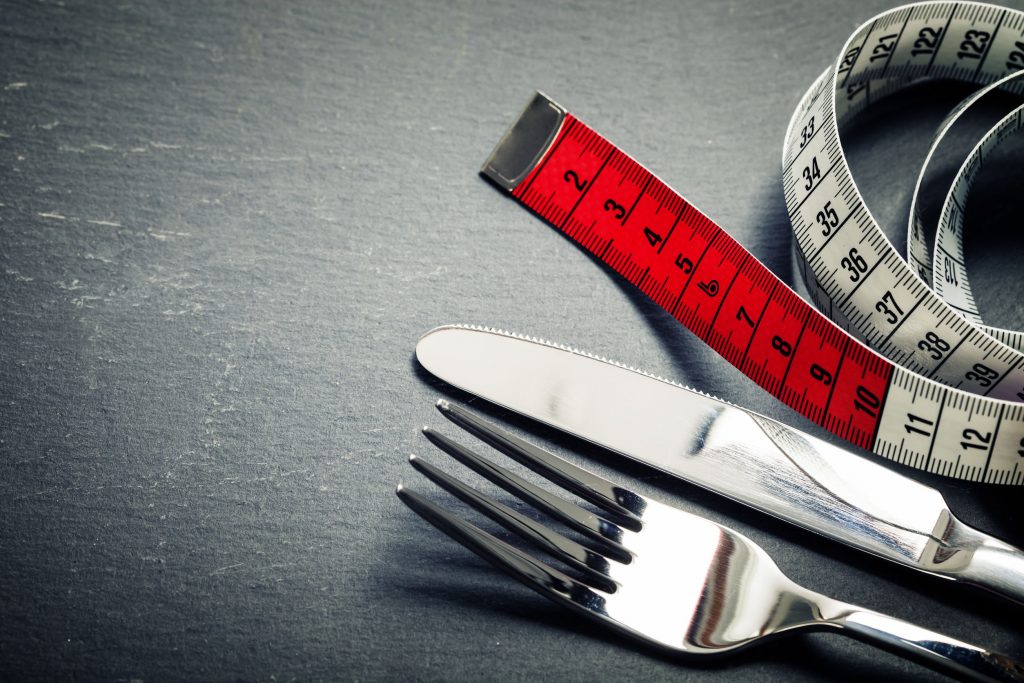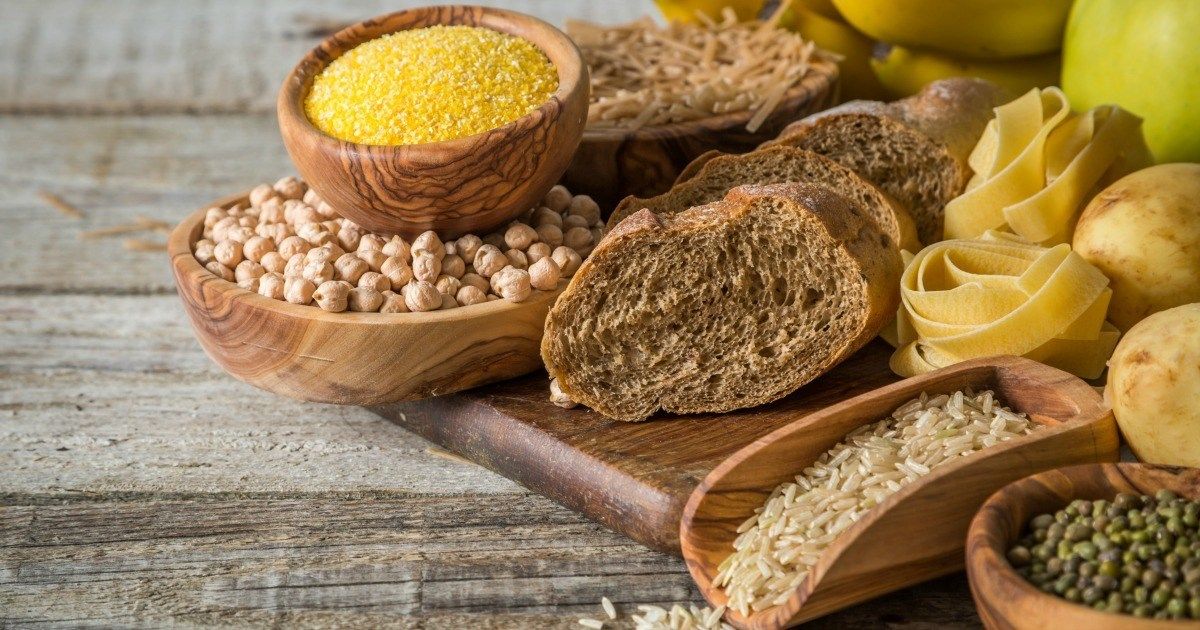
Stalled Progress Fat Loss Dieting
Attempting to get a leaner physique from diet and exercising seems simple on paper, but reaching that ideal target weight goal never comes easy.
Unbeknownst to the common man, the body is smarter than we think and doesn’t take too long to figure when it’s survival is threatened by gradual weight loss or periods of stress that we call exercise.
This is because the human body is primed to maintain homeostasis, which is maintenance of a stable internal environment despite changes in the external environment.
Fat loss begins to slow down because it’s counterintuitive to homeostasis, which includes caloric deficits, longer durations of stress, and inefficiencies of micronutrients in the diet (see How to Prepare a Nutritious Meal).
Ideally, fat loss is only a temporary phase until a new baseline for metabolism is reached that can be maintained (see Hazards of Staying Shredded Year Round).
However, before that establishing that baseline a method for increasing metabolism may needed to induce the body to continue burning fat when the caloric intake is already low.

How Carb Cycling Can Speed Up Fat Loss
Successful regulation of the body’s hormones are very important for burning fat, especially hormones stimulating hunger and satiety. This can be accomplished by a method called carb cycling.
Carb cycling is a controlled increase in calories from carbohydrates over a short period of time. The time period is usually 1-3 days after a succession of low carbohydrate days in the week.
Cheat days are often confused for carb cycling days, where you eat everything you want in any amount. Carb cycling differs because the carbohydrates are specifically added to increase your caloric intake to the maintenance level before the diet started.
The benefits of cycling carbs really benefits individuals who have been in a caloric deficits for a long time. If your diet is at maintenance or a surplus carb cycling really serves no point.
After carb cycling, individuals were on a low carb diet for awhile will notice improvements in their training from glycogen stores being replenished. Mood and meal satiety after eating tends to improve as well shortly after cycling.
To calculate the carbs macros needed for carb cycling days, take the extra calories needed to reach maintenance and divide by 4. Ex. 2500 calories maintenance/2000 caloric deficit = 500/4= 125 carbs.
Keep in mind that when body fat is reduced on a fat loss diet the calories needed for maintenance are lower. Test adding carbs to back to the diet slowly to prevent quick fat gain.
This also applies for reverse dieting, where upon the completion of the fat loss diet a time period of caloric intake at maintenance is kept for the same number of weeks as the original fat loss diet.
Careful carb cycling helps speeds up the fat loss process when weight plateaus have been reached and reverse dieting prevents you from starting everything all over from where you started.
The Wrap Up
Carb cycling speeds up the body’s fat burning potential by making increases to hormones that are needed for homeostasis. When homeostasis is unbalanced from the stressors of dieting and exercise, the body will foil our best efforts and stop any progress from continuing for our survival. Adding back carbs carefully while dieting can speed up stubborn fat loss and prevent excess fat gain from being undisciplined in the process.
What else do you want to know?

Leave a Reply
You must be logged in to post a comment.